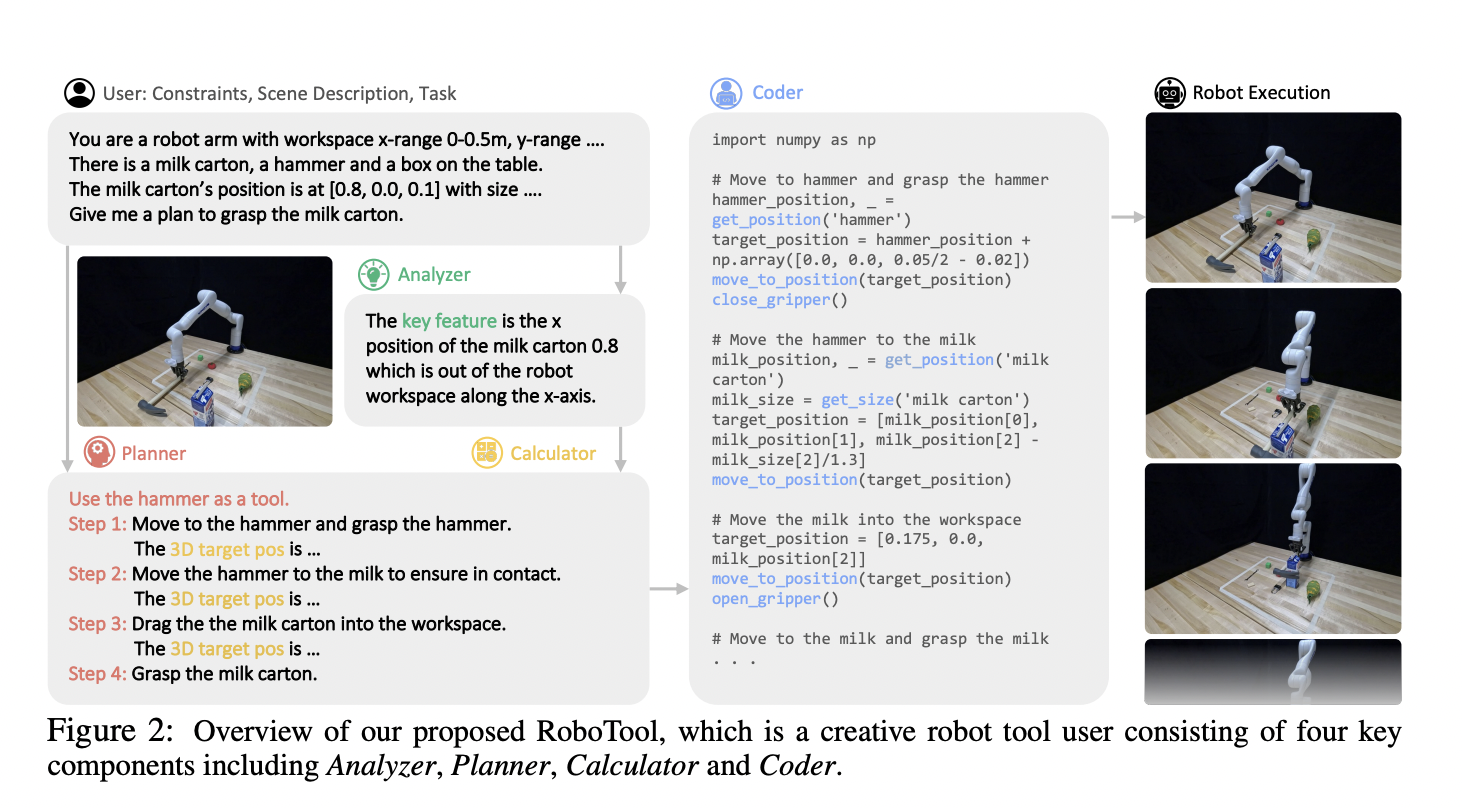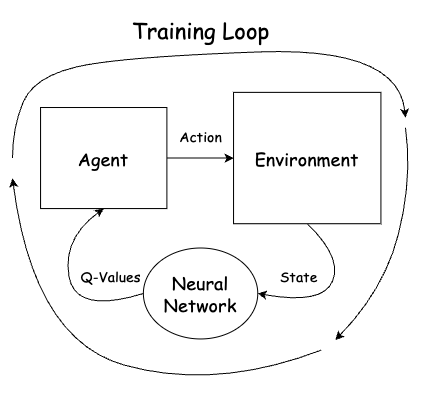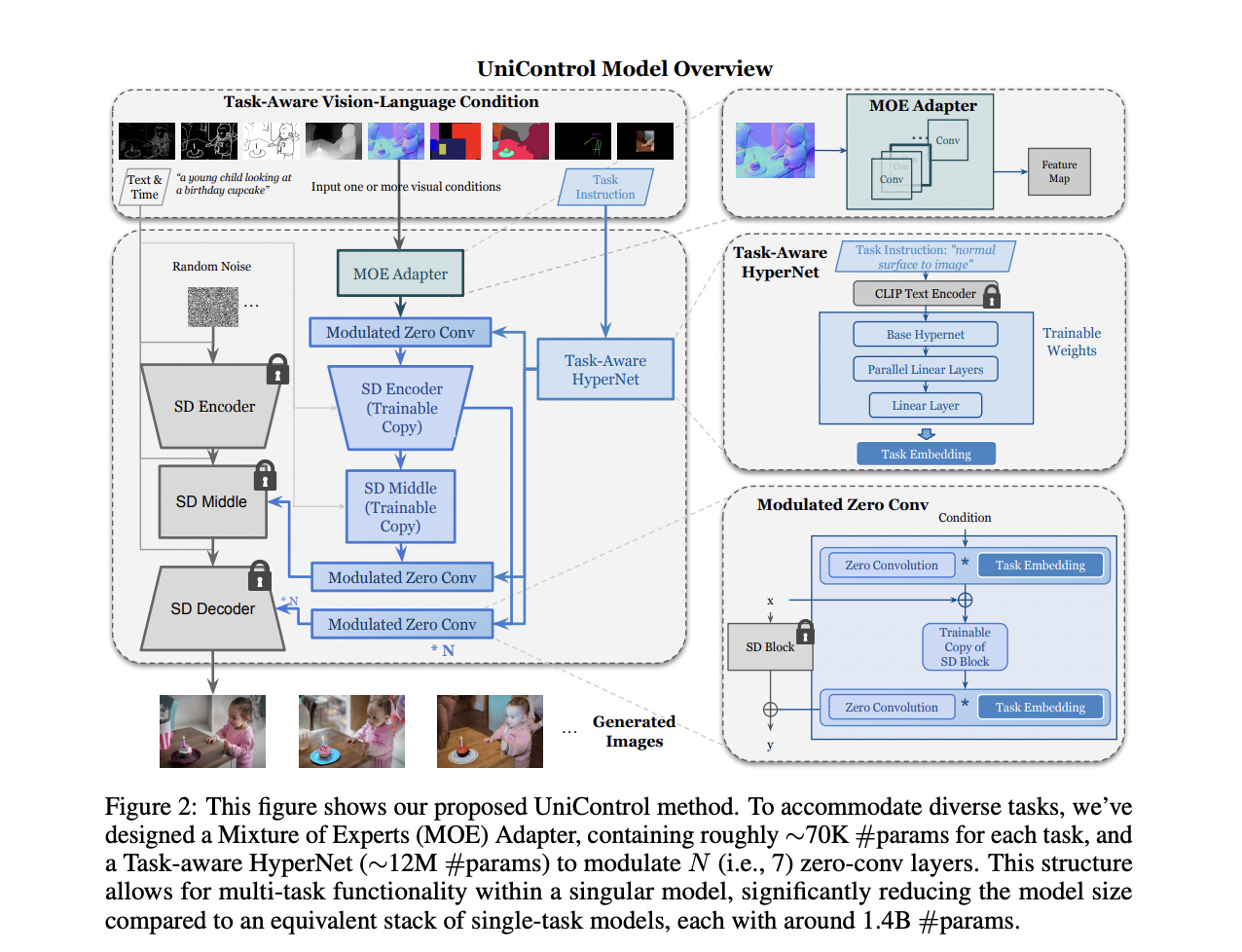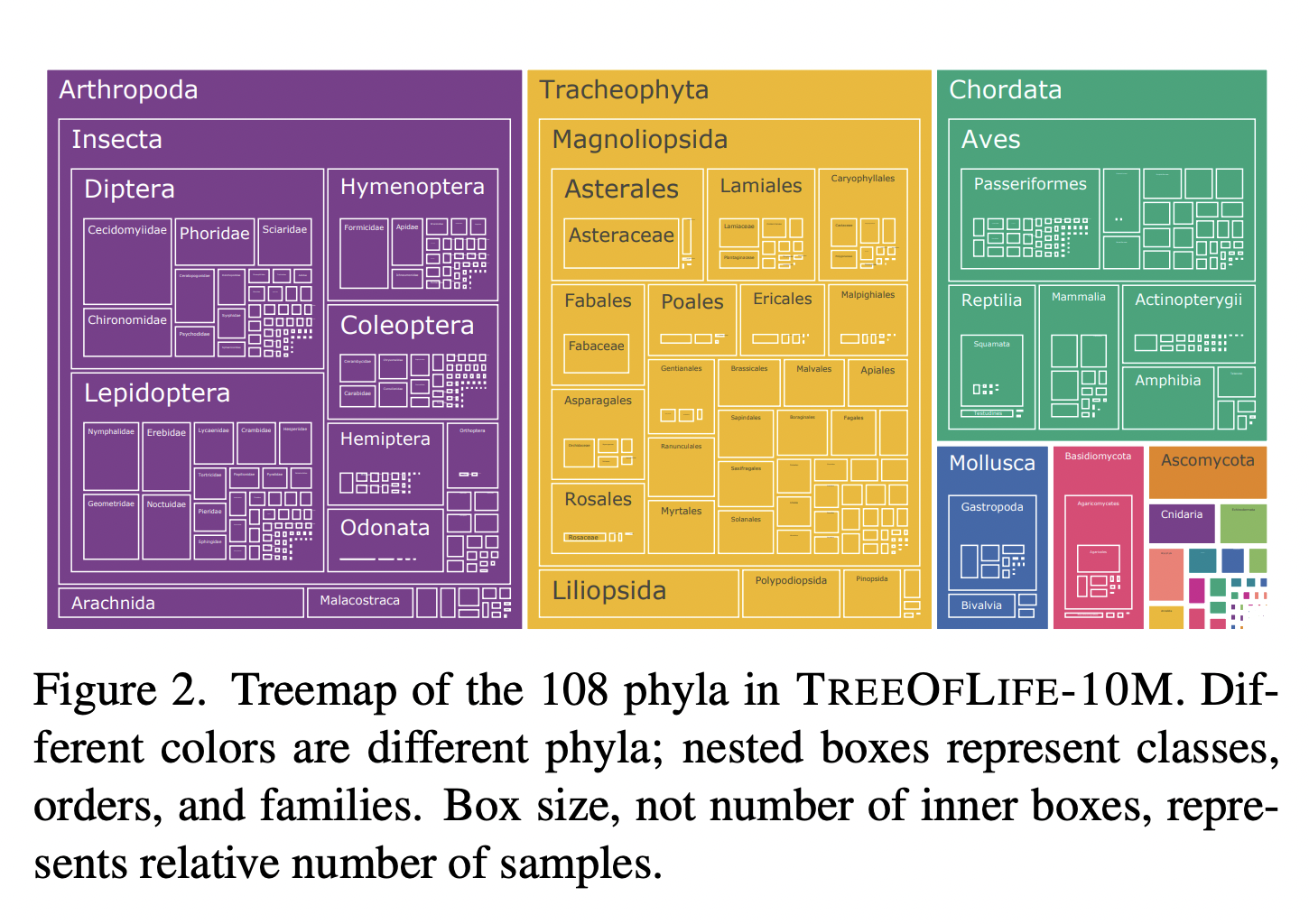Researchers from Carnegie Mellon University and Google DeepMind have collaborated to develop RoboTool, a system leveraging Large Language Models (LLMs) to imbue robots with the ability to creatively use tools in tasks involving implicit physical constraints and long-term planning. The system comprises four key components:
Analyzer for interpreting natural language
Planner for generating strategies
Calculator…











